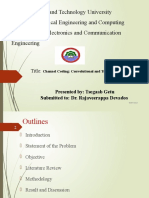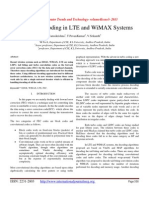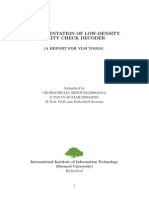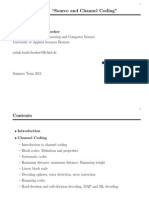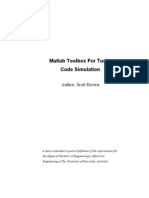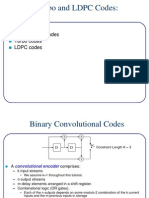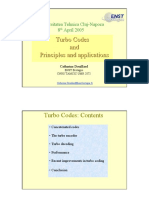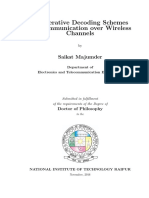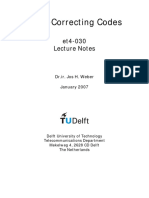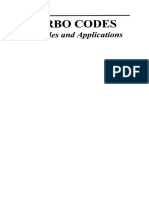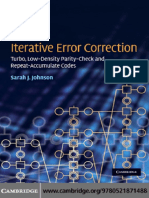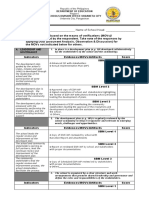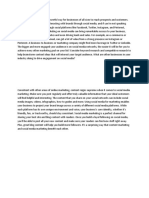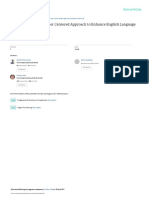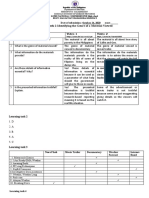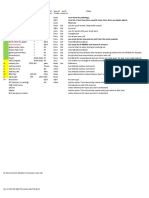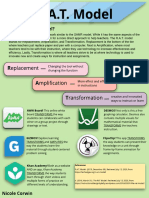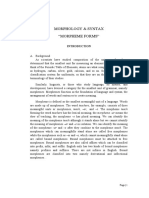0% found this document useful (0 votes)
63 views18 pagesChannel Codes, Decoders and Implementation Architecture: Saikat Majumder
The document discusses channel codes, decoders, and implementation architectures. It provides an outline that covers topics such as low density parity check codes, multiple description coding, application of iterative decoding, and network coding. It introduces the concept of iterative decoding and describes turbo codes. Turbo codes achieve near Shannon limit performance using soft decisions and extrinsic information exchange between constituent decoders in an iterative process. The document explains the encoding and iterative decoding process for turbo codes.
Uploaded by
Saikat MajumderCopyright
© © All Rights Reserved
We take content rights seriously. If you suspect this is your content, claim it here.
Available Formats
Download as PDF, TXT or read online on Scribd
0% found this document useful (0 votes)
63 views18 pagesChannel Codes, Decoders and Implementation Architecture: Saikat Majumder
The document discusses channel codes, decoders, and implementation architectures. It provides an outline that covers topics such as low density parity check codes, multiple description coding, application of iterative decoding, and network coding. It introduces the concept of iterative decoding and describes turbo codes. Turbo codes achieve near Shannon limit performance using soft decisions and extrinsic information exchange between constituent decoders in an iterative process. The document explains the encoding and iterative decoding process for turbo codes.
Uploaded by
Saikat MajumderCopyright
© © All Rights Reserved
We take content rights seriously. If you suspect this is your content, claim it here.
Available Formats
Download as PDF, TXT or read online on Scribd
/ 18
